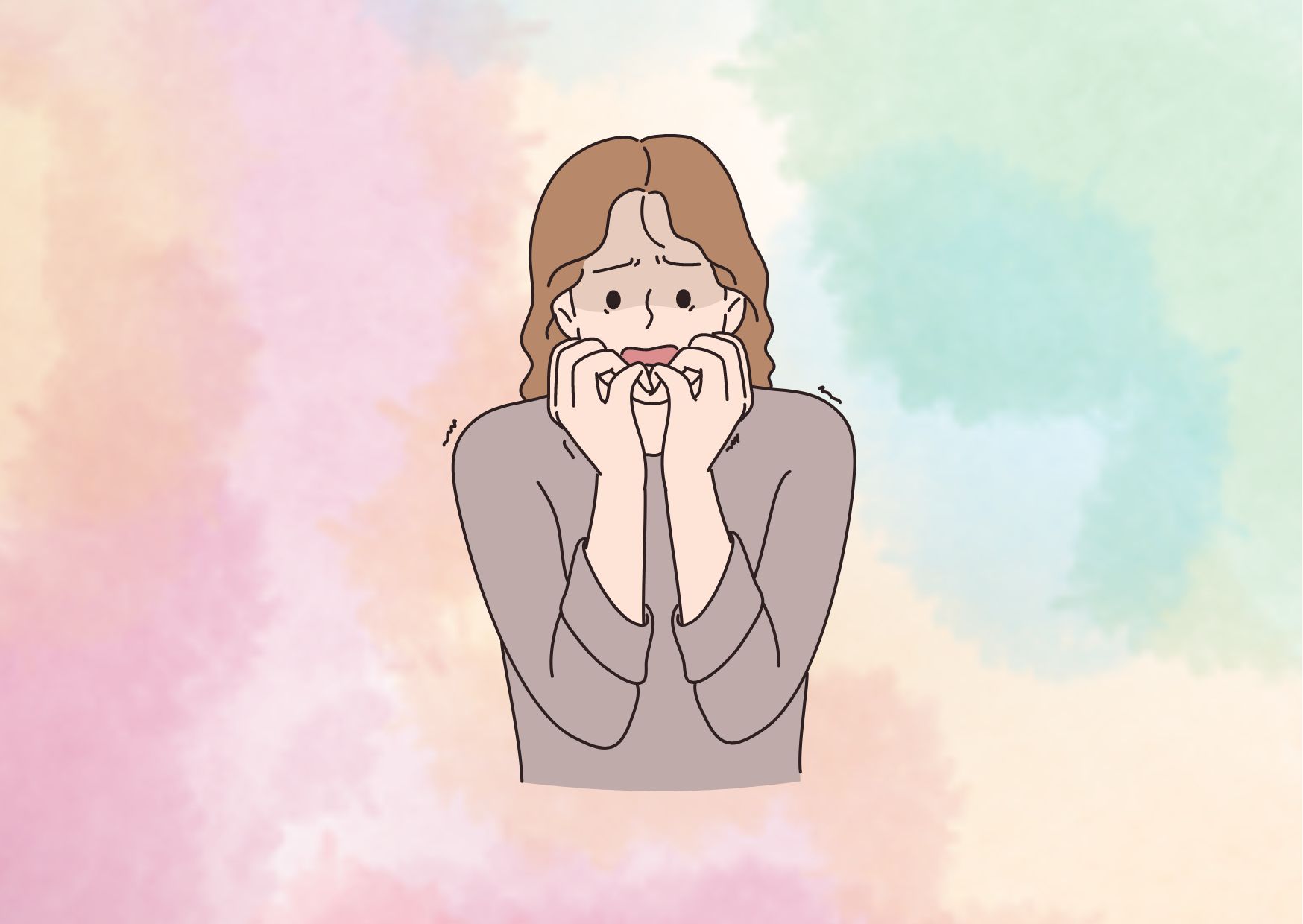10 Signs of ADHD Paralysis and Strategies for Overcoming It
Attention Deficit Hyperactivity Disorder (ADHD) can have a profound impact on an individual’s daily life, with ADHD paralysis being a particularly challenging aspect. This phenomenon, often misunderstood as laziness or procrastination, has a significant influence on a person’s ability to initiate or complete tasks. Understanding ADHD paralysis and its symptoms is crucial to developing effective strategies for overcoming this debilitating condition.
This article delves into the complexities of ADHD paralysis, exploring its various types and how it differs from regular procrastination. It offers practical techniques to manage choice paralysis, combat task paralysis, and overcome mental paralysis. By examining these strategies, individuals with ADHD can gain valuable insights to enhance their productivity and overall quality of life, ultimately learning how to break free from the grip of ADHD paralysis.
What is ADHD Paralysis?
Definition
ADHD paralysis, also known as executive dysfunction or task paralysis, refers to the inability to initiate, complete, or sustain tasks due to overwhelming feelings of anxiety, stress, or mental fatigue. It is not a medical diagnosis but a term commonly used by individuals living with Attention Deficit Hyperactivity Disorder (ADHD) to describe moments when they feel insurmountably overwhelmed and derailed by everything going on around them.
Causes
- Executive Dysfunction: ADHD affects the brain’s executive function, which is responsible for planning, goal-setting, task juggling, and maintaining focus. When individuals with ADHD start to feel overwhelmed by factors such as too many choices, tight deadlines, or unclear tasks, their brain may react with a heightened stress response, leading to freezing, avoidance, or procrastination.
- Emotional Dysregulation: Emotional dysregulation is a core symptom of ADHD due to dysfunctions in brain areas related to emotional processing. Rapid changes in moods, frustration, and stress can redirect attention away from the task at hand, leading to a productivity shutdown.
- Overstimulation: Individuals with ADHD may surpass their limit of sensory input more easily, leading to overstimulation. Too many choices or too much information can be especially stressful, making it feel like their brain is overcrowded, exacerbating executive dysfunction issues.
- Perfectionism and Fear of Failure: People with ADHD often set extremely high standards for themselves due to factors such as overcompensating for negative past experiences and differences in brain wiring that lead to all-or-nothing thinking. This can result in taking on too much, setting the bar too high, and spending too much time focused on the ideal end goal rather than taking the first step.
Impact on daily life
ADHD paralysis can significantly impact an individual’s daily life, causing challenges in various areas:
- Productivity: Difficulty initiating and completing tasks can lead to underperformance at work or school, missed deadlines, and a sense of underachievement.
- Relationships: Constantly shifting emotions and the inability to follow through on commitments can strain personal and professional relationships.
- Mental Health: The stress and frustration associated with ADHD paralysis can exacerbate other mental health issues, such as anxiety and depression.
- Self-esteem: Repeated experiences of paralysis and the inability to meet one’s own expectations can negatively impact self-esteem and self-confidence.
It’s important to note that ADHD paralysis is not a choice or a result of laziness; it is a real phenomenon that individuals with ADHD experience, and it requires understanding and effective strategies to overcome.
Types of ADHD Paralysis
ADHD paralysis can be classified into three distinct types: mental paralysis, choice paralysis, and task paralysis. These classifications correspond to specific areas of executive functioning that are impacted by ADHD symptoms.
Mental Paralysis
Mental paralysis refers to the difficulty individuals with ADHD may experience in organizing their thoughts or generating mental focus. It manifests as a sense of cognitive overload or a “brain fog” that hinders their ability to concentrate and process information effectively. When someone is overwhelmed by thoughts or information, causing their senses to be overloaded, it feels like their brain is crashing, or they are unable to organize their thoughts or initiate behaviors. Mental paralysis often leads to a person with ADHD withdrawing and even giving up.
Choice Paralysis
Choice paralysis, sometimes referred to as decision paralysis or analysis paralysis, is the difficulty individuals with ADHD may experience in making decisions. This can be particularly challenging when faced with multiple options or when the consequences of the decision are significant. People with choice paralysis may feel overwhelmed by the various possibilities, struggle with indecisiveness, or fear making the wrong choice.
Choice paralysis happens when someone is trying to make a decision that has too many choices or too many steps. An overabundance of options can lead to overanalyzing, which in turn leads to an inability to pick the best option or initiate action. Whether it’s picking a place to eat or starting a project, choice paralysis can lead to an entire day wasted thinking about all the options.
Task Paralysis
Task paralysis refers to the difficulty individuals with ADHD may face when it comes to initiating and completing tasks. They may find it challenging to start a task due to difficulties with motivation, prioritization, or a sense of being overwhelmed by the demands of the task.

